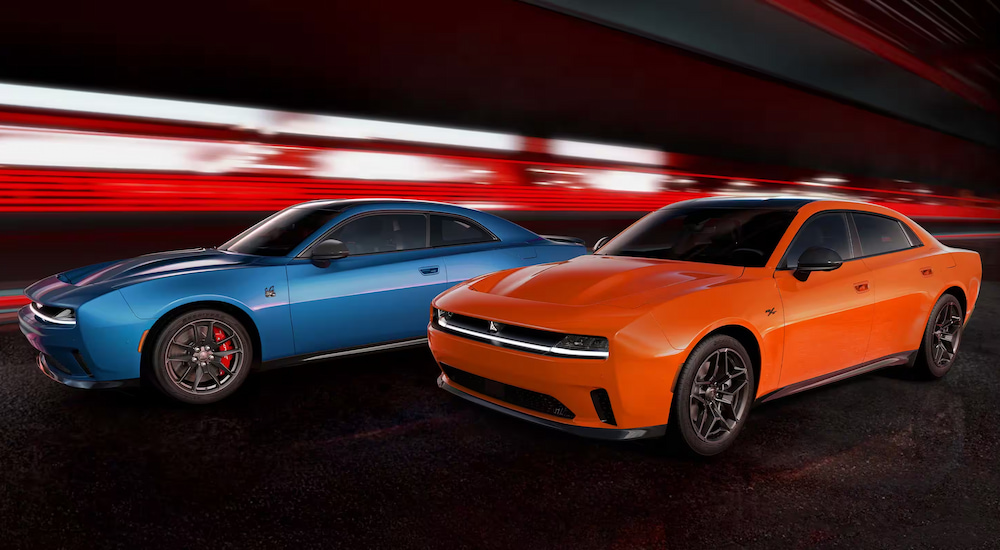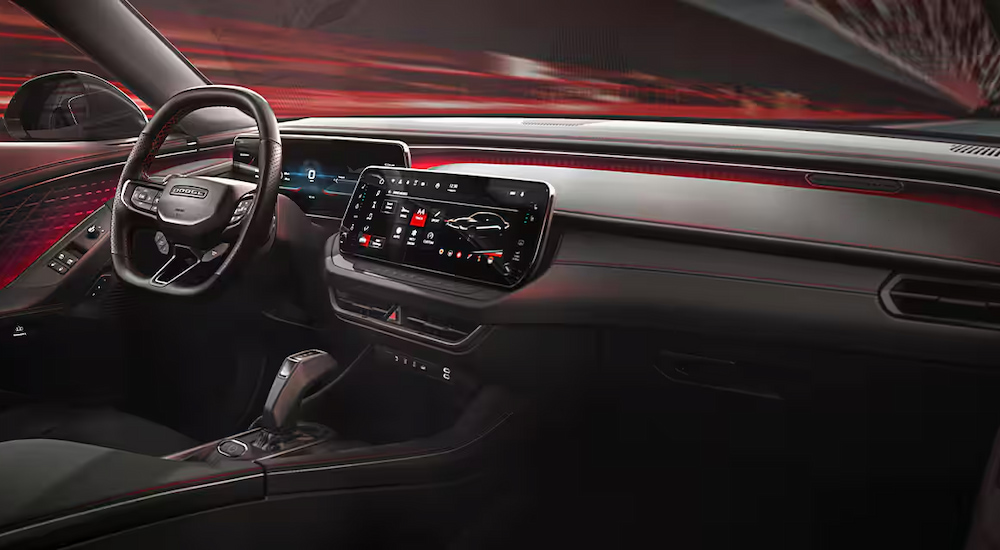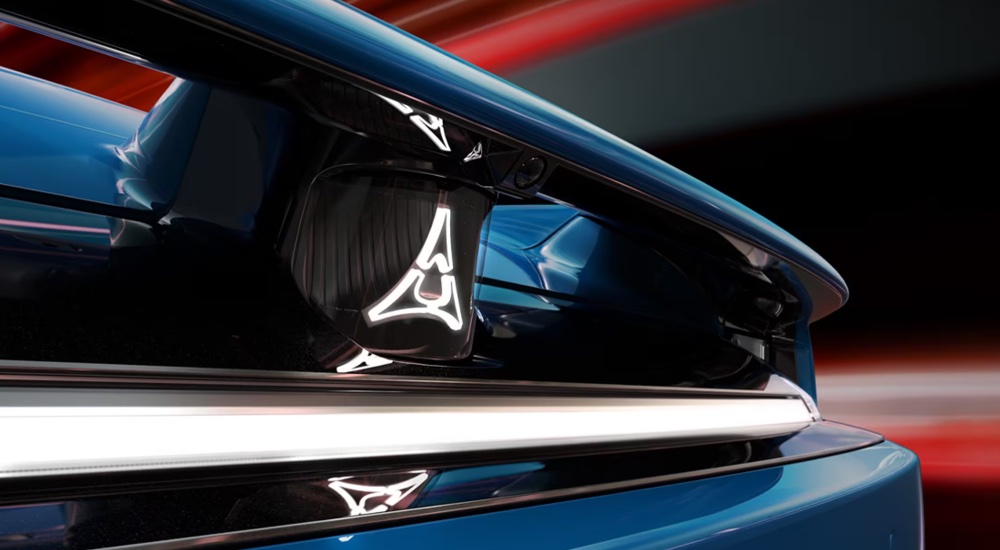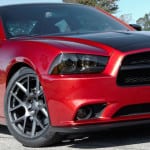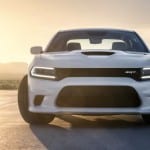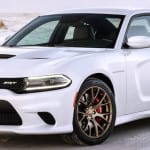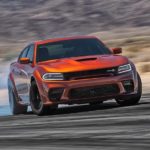Browsing around your local Dodge dealer, you can expect to see some big numbers when looking at stats like horsepower and torque. Dodge has long been known for its muscle cars and makes sure you know the high levels of power that its engines can crank out. But while these stats are often far above average, they come at the expense of another stat: fuel economy.
Let’s look at a specific example so we can see some real figures. The 2023 Dodge Charger can produce up to 807 hp and 707 lb-ft of torque with its supercharged Hellcat V8 engine. Dodge is loud and proud about those numbers, which are way higher than what you’ll find on most cars, even performance models (both the Chevy Corvette Stingray and Ford Mustang GT come up just shy of 500 hp). The Charger’s fuel economy, on the other hand, isn’t worth bragging about. The average 2023 vehicle gets 28 MPG combined, but the Charger gets just 23 MPG combined with its most efficient configuration and can dip as low as 15 MPG combined if you opt for the Charger SRT Widebody.
Dodge hasn’t traditionally courted drivers who prioritize efficiency over power, but tightening government fuel economy mandates have made the brand change its tune. As electrification picks up steam throughout the auto industry, even Dodge is starting to get on the green bandwagon. The company released its first electrified model, the Dodge Hornet R/T plug-in hybrid, for the 2024 model year, bringing fuel economy up from the 24 MPG combined of the gasoline-only Hornet GT to 77 MPGe with a full charge on the hybrid. Now, Dodge is taking things to the next level with its first all-electric vehicle: the Charger Daytona.
Why Electrify the Charger?
It makes sense that Dodge would choose the Charger nameplate for its first foray into making a fully electric car. For one thing, the Dodge Charger has a storied history: it first debuted back in 1966 and has gained plenty of fans over the decades. The EV won’t even be the first version to be called the Charger Daytona—that honor goes to a special variant released in 1969 that was sold to the general public as a homologation special. This original Charger Daytona is represented in the NASCAR Hall of Fame as the “first car to lap a closed course at more than 200 mph,” though NASCAR wasn’t always so enamored with the model. In fact, it dominated races so much that the racing organization changed its rulebook, effectively banning the Charger Daytona from future competition. It was just too fast.
Using a beloved nameplate can help drivers who are hesitant about trying new things (like driving an EV) get on board. It also makes sense to start with a car. Dodge makes a few SUVs, and plenty of automakers have been producing electric SUVs in recent years, but sedans tend to deliver better range, something that’s more important for an EV than it is for a traditional gas-powered vehicle. On top of that, it’s easier to deliver the kind of speed that Dodge drivers are looking for with a sleek car than a boxy SUV. Finally, there’s the cherry on top: “Charger” just happens to be a highly appropriate name for an EV.
Raw Power
If Dodge is going to get its customer base onboard for an EV, it better deliver a powerful EV. The company knows this and is equipping the next-generation Charger with plenty of next-generation muscle. The top-trim Charger Daytona Scat Pack will feature two electric motors that work together to provide all-wheel drive for a combined 670 hp and 627 lb-ft of torque. Since electric motors are inherently better at delivering peak torque at lower speeds than gasoline engines, Dodge expects that the Charger Daytona will be able to zoom from zero to sixty in 3.3 seconds, even though the 2023 Charger, with its 807 hp engine churning out 707 lb-ft of torque, takes 3.5 seconds to do the same. The total range is expected to be 260 miles, which is only 18 miles less than the 2023 Charger SRT Widebody with its gas-guzzling supercharged V8.
Blending the Old With the New
The Charger Daytona’s name isn’t the only thing that connects it to its roots. Dodge is walking a fine line with its first EV design, trying to blend future technology with a classic muscle car look, feel, and sound. That last one has gotten more attention than you might think since it serves no practical function. However, the roar of a V8 engine has become an inextricable part of the Dodge brand, and it will not let it go quietly into that good night just because electric motors are nearly silent.
Rather than just hook a sound recording up to the cabin’s speakers, the designers created something more authentic: a physical exhaust pipe that air flows through when the car is in motion. There are also systems in place to increase sound when you rev the motors and provide the classic Dodge audio profile when idling. Unlike the traditional gas-powered Charger, the new one will also offer a way for drivers to turn the soundscape off if it’s not their cup of tea.
Sounds are the old-fashioned way to stay in tune with your car, but Dodge has a new trick up its sleeve to go alongside audio. The “Attitude Adjustment” interior lighting system can light up in 64 different colors to set the mood. The lights wrap around the cabin and react to various stimuli, like someone opening the Charger’s door or pressing the ignition button. The cockpit is a blend of old and new, with a flat top and bottom steering wheel that gives off classic racecar energy, a large set of screens that display information, a pistol-grip shifter in a place where some modern cars are turning to dials or buttons, and paddles on the wheel that control the regenerative braking system instead of a traditional transmission.
Adding a Touch of Style
All of the practical advantages of the new Charger Daytona would be for naught if Dodge couldn’t make its EV look cool, and the brand knows it. The result is an exterior design that screams “muscle car,” with a front face, rear end, and side profile that resemble the gas-powered Charger quite a bit. While elements like the exhaust system are no longer strictly necessary, they hang around to create an “authentic” sound and make the back of the car look more familiar. Accents that are designed with aerodynamics in mind still serve an important function while also enhancing the athletic look. To that end, Dodge is patenting the “R-wing” up front that works to minimize drag and gives the Charger Daytona’s face a distinct look and a good place to tuck away the headlights and front badge.
Looking Forward
Looking at the wider auto market (and the wider world), it’s not surprising to see any automaker start to shift toward EVs. We’ve seen America’s most popular pickup truck get the electric treatment, and even the Hummer, a model arguably best known for being a gas-guzzler, has returned as a zero-emission vehicle. However, Dodge’s reputation is so closely linked with its V8 engines that it is a special case. It remains to be seen whether Dodge can get its fanbase to jump aboard the electrification express, but the Charger Daytona is certainly pulling out all the stops in an attempt to make it happen. Between its performance, its cool design, and the elements that help link it to its racecar roots, the first EV muscle car is well-equipped for the rough road ahead.
